A Portal to Adulthood
Vojtěch Strakatý’s The Other Side of Summer (Na druhé straně léta, 2025)
Vol. 156 (Summer 2025) by Martin Kudláč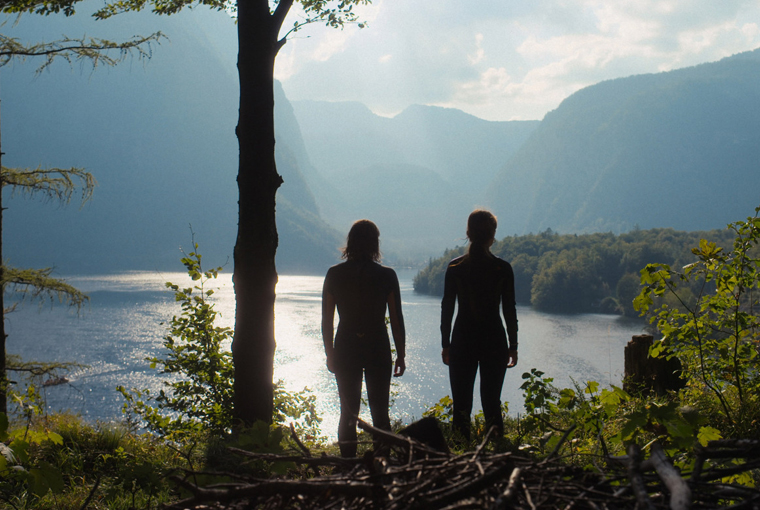
The Czech emerging filmmaker Vojtěch Strakatý made the short student film Stuck in 2016, a coming-of-age about first love related from a female perspective. While it took several years until Strakatý’s first directorial feature After Party (2024), the debut was picked to premiere at the Venice Film Festival’s Orizzonti Extra section. Since then, Strakatý had three projects in the pipeline: The Other Side of Summer, No Salvation Coming, and Hatch in Hell, with The Other Side of Summer having its world premiere in the Karlovy Vary International Film Festival’s Proxima competition.
The film follows three girls. Bětka (Lucie Fingerhutová), her older sister Marie (Eliška Bašusová), and Bětka’s friend Alma (Nikola Kylarová) spend a quiet summer in the Czech countryside, their days marked by stillness and minor disruptions, swimming, sunbathing, half-spoken thoughts, unformed emotions. It appears to be the last summer that Bětka and Alma will spend together as Alma is supposed to leave and move someplace else. The rhythm of the coming-of-age about sisterhood picks up pace when Alma meets a mysterious girl called Aneta (Sofie Anna Švehlíková) who found a strange pond on an island amid the lake where the girls are hanging out. The pond is said to function as a teleportation portal to anywhere in the world.
The second feature by Strakatý builds on the director’s interest in female protagonists. Strakatý’s feature debut After Party followed a female protagonist over the course of a single day as she has to reckon with her father’s reckless, and rather shady, financial dealings. The family faces foreclosure on their house, putting the young woman’s prospects of studying abroad into jeopardy.
After Party is a Czech Run Lola Run that merges coming-of-age with social realism though thriller beats. While The Other Side of Summer does not share the urgency of Strakatý’s debut and starts on a rather slow rhythm of lingering summer, the sophomore feature reaches an adrenaline rush delivered in the third act. Where After Party centered on the bond between daughter and father, The Other Side of Summer thematizes sisterhood (between both siblings and friends), with Strakatý infusing stylistic elements from different genres into the coming-of-age story.
While After Party condensed its story into a tightly wound 24-hour period bookended by early morning dawn, The Other Side of Summer expands across several languid days, with few clear narrative anchors. In the beginning, the characters drift within a minimal plot shaped more by atmosphere than by events. The film borrows from slow cinema but overlays it with genre elements drawn from fantasy, videogames, and speculative fiction. The magical portal the girls find in the pond does not initiate a grand narrative arc, but rather reframes summer as a period of psychological transformation rather than liberation.
Compared to After Party, The Other Side of Summer is a more structurally diffuse and tonally subdued work. After Party was framed by economic urgency, family breakdown, and the logistics of a single catastrophic day. It deployed thriller mechanisms within a social realist context, then disrupted that formula with an understated final act. The Other Side of Summer inverts this trajectory. It begins as a realist, almost observational film and gradually slides into action-driven (mis)adventure. The pivot is not marked by any single event but by a cumulative destabilization.
Both films remain preoccupied with female protagonists negotiating familial, social, and spatial systems that are unstable or collapsing. But while After Party addressed this through external conflict, The Other Side of Summer turns inward. The threat is not financial precarity or social exposure, but the possibility that desire itself is unlocatable. In interviews, Strakatý has cited the pressures of perfectionism, FOMO, and body image as thematic concerns, yet these are never explicitly foregrounded. Instead, they ripple beneath the surface. The film treats adolescence not as a phase of identity formation, but as a liminal space.
The Other Side of Summer operates in a restrained aesthetic mode, with Strakatý working on a shoestring budget bordering on DIY filmmaking. The first half is largely dialogue-driven, with scenes located in and around a family chalet. In the beginning, the plot deals with the relationship and dynamics between the three characters Bětka, Maria, and Alma. However, their momentum is not disrupted by the arrival of Aneta but by the discovery of the portal in the pond. Strakatý, who also penned the script, works more with female psychology in The Other Side of Summer than in After Party, so much so that it eventually becomes the main engine for the development of the plot.
What marks Strakatý’s work so far is his interest in genre not as a tool for classification but as a structuring device to be undermined. After Party drew on coming-of-age and thriller conventions. The Other Side of Summer does something similar, but with a fantasy element. The presence of the portal introduces narrative possibilities, yet Strakatý does not exploit it for spectacle. There is no mythos to explain, no alternate reality to explore or to escape to from the pressures of adolescence.
As Strakatý moves unto his third feature, No Salvation Coming, a heist film centered on the housing crisis that features both the Generation Z and millennials, it remains to be seen whether his inclination toward formal experimentation and female-led narratives will translate into more conventional genre structures. The Other Side of Summer is supposed to close the first chapter of Strakatý’s directing career, the chapter of low budget, DIY works.
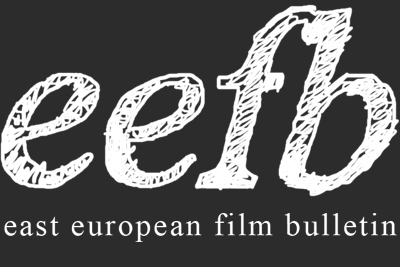
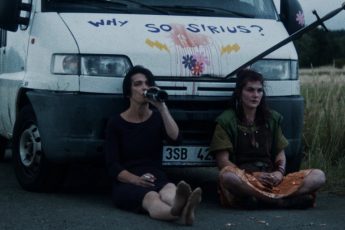
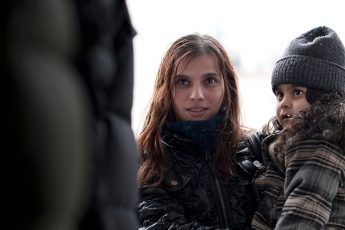
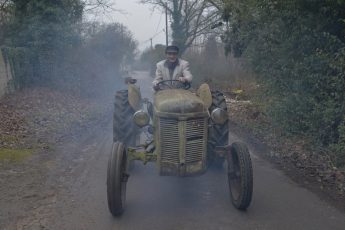
Leave a Comment